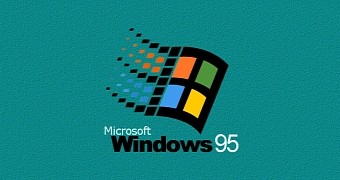Speech recognition is one of the key products at Microsoft right now, especially because the company’s investing so much in Cortana, and one of the key challenges is to make the system recognize what users are saying.
This has always been a challenge, especially with so many languages and dialects, plus different pronunciations, but Microsoft has been in this market for more than 20 years and can now say that the revolution is only now happening.
Microsoft engineer and chief scientist of speech Xuedong Huang explained in an interview with BI that Redmond’s investments in this side of the market started 20 years ago with Windows 95, but at that time, the error rate was almost 100 percent. This means that the system failed to recognize every single word you said, so it was nearly impossible to use a computer with your voice.
100 percent accuracy in just 5 years
But things have improved significantly since then, and speech recognition has become 20 percent more accurate since then, which - according to Huang - is an indication that very soon a 0 percent error rate is very likely to be achieved.
“In the next four to five years, computers will be as good as humans,” he predicted.
But the biggest challenge is not necessarily to make a computer understand the spoken words, but the context, Huang continued, is actually where the company is focusing right now for Cortana.
This means that five years from today, having a conversation with your phone will no longer be impossible, but will definitely still be awkward, there’s no doubt about it.
Huang guarantees that Microsoft is very well positioned to be at the center of this new effort and says that Cortana, with the help of Project Oxford and Microsoft Azure, will become the pioneer of speech recognition systems in the coming years.

 14 DAY TRIAL //
14 DAY TRIAL //